Various Global Digital Elevation Models (DEM) are available freely on the Web. The main objective of this work is to evaluate the latest digital elevation models towards the estimation of morphological and topographic erosion parameters in the Wadi M’Goun watershed. We have evaluated multiple DEMs: SRTM (3-arcsec resolution, 90 m), ASTER GDEM (1-arcsec resolution, 30 m), SRTMGL1 V003 (30 m), and ALOS-PALSAR (12.5 m). We have applied for this purpose open source GIS software. To compare and evaluate each DEM, different processing methods have been applied to estimate the Wadi M’Goun watershed characteristics, namely Hypsometry, topographic slope extraction, retrieval of Slope Length and Steepness factor (LS-factor) and topographic wetness index. The accuracy of the ALOS-PALSAR and SRTMGL1 V003 (30 m) DEMs met the requirements applying to the required morphometric parameters. DEMs vertical accuracy has been evaluated by applying the root mean square error (RMSE) metric to DEM elevations vs. actual heights of 353 sample points extracted from an accurate survey-based map (toposheet). The RMSE was 1718 mm for ALOS-PALSAR, 1736 for SRTM 1-arcsec, 1958 for ASTER GDEM 1-arcsec and, 3189 for SRTM 3-arcsec. These results indicate that best accuracy is achieved with the high-resolution of the ALOS PALSAR DEM. This study suggests potential uncertainties in the open-source DEMs, which should be taken into account when estimating topographical and morphometric parameters related to erosion risk in the Wadi M’Goun watershed.
1.
Introduction
Let R and R+ denote the sets of all real numbers and nonnegative real numbers respectively, N the set of all positive integers and ¯A the closure and ¯coA the convex hull closure of A. Additionally, Ξ denotes a Banach space, Ω={Λ:Λ≠∅, bounded, closed and convex subset of Ξ}, B(Ξ)={Λ≠∅:Λ is bounded subset of Ξ}, kerm={Λ∈B(Ξ):m(Λ)=0} be the kernel of function m:B(Ξ)→R+.
Fixed point theory has been developed in two directions. One deals with contraction mappings on metric spaces, Banach contraction principle being the first important result in this direction. In the second direction, continuous operators are dealt with convex and compact subsets of a Banach space. Brouwer's fixed point theorem and its infinite dimensional form, Schuader's fixed point theorems are the two important theorems in this second direction. In this paper, Fix(Υ) denotes a set of fixed points of a mapping Υ in Λ.
Theorem 1.1 (Brouwer's Fixed Point Theorem).[2] Every continuous mapping from the unit ball of Rn into itself has a fixed point.
Theorem 1.2 (Schauder's Fixed Point Theorem).[15] Let Υ:Λ→Λ a compact continuous operator, where Λ∈Ω. Then Fix(Υ)≠∅.
In Brouwer's and Schuader's fixed point theorems, compactness of the space under consideration is required as a whole or as a part. However, later the requirement of the compactness was relaxed by making use of the notion of a measure of noncompactness (in short MNC). Using the notion of MNC, the following theorem was proved by Darbo [5].
Theorem 1.3. [5] Let Λ∈Ω and Υ:Λ→Λ be a continuous function. If there exists k∈[0,1) such that
where Λ0⊂Λ and m is MNC defined on Ξ. Then Fix(Υ)≠∅.
It generalizes the renowned Schuader fixed point result and includes the existence portion of Banach contraction principle. In the sequel many extensions and generalizations of Darbo's theorem came into existence.
The Banach principle has been improved and extended by several researchers (see [7,13,14,16]). Jleli and Samet [7] introduced the notion of θ-contractions and gave a generalization of the Banach contraction principle in generalized metric spaces, where θ:(0,∞)→(1,∞) is such that:
(θ1) θ is non-decreasing;
(θ2) for every sequence {κj}⊂(0,∞), we have
(θ3) there exists L∈(0,∞) and ℓ∈(0,1) such that
Khojasteh et al. [9] introduced the concept of Z-contraction using simulation functions and established fixed point results for such contractions. Isik et al. [6] defined almost Z-contractions and presented fixed point theorems for such contractions. Cho [3] introduced the notion of L-contractions, and proved fixed point results under such contraction in generalized metric spaces. Using specific form of Z and L, we can deduce other known existing contractions. For some results concerning Z-contractions and its generalizations we refer the reader to [3] and the references cited therein. In particular, Chen and Tang [4] generalized Z-contraction with Zm-contraction and established Darbo type fixed point results.
The aim of the present work is two fold. First we prove fixed point theorems under generalized Zm-contraction and then we prove fixed point results under Darbo type Lm-contraction in Banach spaces. It is interesting to see that several existing results in fixed point theory can be concluded from our main results. Furthermore, as an application of our results, we have proved the existence of solution to the Caputo fractional Volterra–Fredholm integro-differential equation
under boundary conditions:
where ℘∈(0,1], cD is the Caputo fractional derivative, λ1,λ2 are parameters, and a,b>0 are real constants, μ,g:[0,T]→R, J1,J2,J3:[0,T]×[0,T]→R and ξ1,ξ2:[0,T]×R→R are continuous functions. For the validity of existence result we construct an example.
2.
Preliminaries
In this section, we recall some definitions and results which are further considered in the next sections, allowing us to present the results. The concept of MNC was introduced in [1] as follows:
Definition 2.1. [1] A map m:B(Ξ)→R+ is MNC in Ξ if for all Λ1,Λ2∈B(Ξ) it satisfies the following conditions:
(i) kerm≠∅ and relatively compact in Ξ;
(ii) Λ1⊂Λ2 ⇒ m(Λ1)≤m(Λ2);
(iii) m(¯Λ1)=m(Λ1);
(iv) m(¯coΛ1)=m(Λ1);
(v) m(ηΛ1+(1−η)Λ2)≤ηm(Λ1)+(1−η)m(Λ2) ∀η∈[0,1];
(vi) if {Λn} is a sequence of closed sets in B(Ξ) with Λn+1⊂Λn, ∀n∈N and limn→+∞m(Λn)=0, then Λ∞=⋂+∞n=1Λn≠∅.
The Kuratowski MNC [11] is the function m:B(Ξ)→R+ defined by
where diam(S) is the diameter of S.
Khojasteh et al. [9] introduced the concept of Z-contraction using simulation functions as follows:
Definition 2.2. A function Z:R+×R+→R is simulation if:
(Z1) Z(0,0)=0;
(Z2) Z(κ1,κ2)<κ2−κ1, for all κ1,κ2>0;
(Z3) if {κ∗n} and {κn} are two sequences in (0,∞) such that limκ∗nn→∞=limκnn→∞>0, then
Roldán-López-de-Hierro et al. [12] slightly modified the Definition 2.2 of [9] as follows.
Definition 2.3. A mapping Z:R+×R+→R is simulation if:
(Z1) Z(0,0)=0;
(Z2) Z(κ1,κ2)<κ2−κ1, for all κ1,κ2>0;
(Z3) if {κ∗n}, {κn} are sequences in (0,∞) such that limκ∗nn→∞=limκnn→∞>0 and κn<κ∗n, then
Every simulation function in the original Definition 2.2 is also a simulation function in the sense of Definition 2.3, but the converse is not true, see for instance [12]. Note that Z={Z:Z is a simulation function in the sense of Definition 2.3}. The following are some examples of simulation functions.
Example 2.4. The mapping Z:R+×R+→R defined by:
1. Z(κ1,κ2)=κ2−f(κ1)−κ1, for all κ1,κ2∈R+, where f:R+→R+ is a lower semi-continuous function such that f−1(0)={0},
2. Z(κ1,κ2)=κ2−φ(κ1)−κ1, for all κ1,κ2∈R+, where φ:R+→R+ is a continuous function such that φ(κ1)={0}⇔κ1=0,
3. Z(κ1,κ2)=κ2⋎(κ2)−κ1, for all κ1,κ2∈R+, where ⋎:R+→R+ is a function such that lim supn→r+ ⋎(κ1)<1,
4. Z(κ1,κ2)=ϕ(κ2)−κ1, for all κ1,κ2∈R+, where ϕ:R+→R+ is an upper semi-continuous function such that ϕ(κ1)<κ1, for all κ1>0 and ϕ(0)=0,
5. Z(κ1,κ2)=κ2−κ1∫0λ(x)dx, for all κ1,κ2∈R+, where λ:R+→R+ is a function such that ϵ∫0λ(x)dx exists and ϵ∫0λ(x)dx>ϵ, for every ϵ>0,
6. Z(κ1,κ2)=κ2κ2+1−κ1, for all κ1,κ2∈R+,
are simulation functions.
Cho [3] introduced the notion of L-simulation function as follows:
Definition 2.5. An L-simulation function is a function L:[1,∞)×[1,∞)→R satisfying the following conditions:
(L1) L(1,1)=1;
(L2) L(κ1,κ2)<κ2κ1, for all κ1,κ2>1;
(L3) if {κn} and {κ∗n} are two sequences in (1,∞) such that limκnn→∞=limκ∗nn→∞>1 and κn<κ∗n, then
Note that L(1,1)<1, for all t>1.
Example 2.6. The functions Lb,Lw:[1,∞)×[1,∞)→R defined by
1. Lb(κ1,κ2)=κn2κ1, for all κ1,κ2≥1, where n∈(0,1);
2. Lw(κ1,κ2)=κ2κ1ϕ(κ2) ∀κ1,κ2≥1, where ϕ:[1,∞)→[1,∞) is lower semicontinuous and nondecreasing with ϕ−1({1})=1,
are L-simulation functions.
Definition 2.7. [8] A continuous non-decreasing function ϕ:R+→R+ such that φ(t)=0 if and only if t=0 is called an altering distance function.
3.
Some results on Zm-contractions
In this section, we obtain the results on generalized Zm-contraction. First we give the following definition.
Definition 3.1. Let Λ∈Ω. A self-mapping Υ on Λ is called generalized Zm-contraction if there exists Z∈Z such that
where Λ1 and Λ2 are subsets of Λ, m(Λ1),m(Υ(Λ1)),m(Υ(Λ2))>0, m is MNC defined in Ξ and
Using the notion of Zm-contraction, we establish the main result of this section.
Theorem 3.2. Let Υ:Λ→Λ be a continuous function, where Λ∈Ω. Assume that there exists Z∈Z such that Z non-decreasing function and Υ is a generalized Zm-contraction. Then Fix(Υ)≠∅.
Proof. Define a sequence {Λn}∞n=0 such that
We need to prove that Λn+1⊂Λn and ΥΛn⊂Λn, for all n∈N. For proof of the first inclusion, we use induction. If n=1, then by (3.2), we have Λ0=Λ and Λ1=¯co(ΥΛ0)⊂Λ0. Next, assume that Λn⊂Λn−1, then ¯co(Υ(Λn))⊂¯co(Υ(Λn−1)), using (3.2), we get the first inclusion
To obtained the second inclusion, using the inclusion (3.3) we have
Thus Λn+1⊂Λn and ΥΛn⊂Λn,∀n∈N.
Now, we discuss two cases, depending on the values of m. If we consider m as a non-negative integer with m(Λm)=0, then Λm is a compact set and hence by Theorem 1.2, Υ has a fixed point in Λm⊂Λ. Instead, assume that m(Λn)>0, ∀n∈N. Then on setting Λ1=Λn+1 and Λ2=Λn in contraction (3.1), we have
where
that is,
Using inequality (3.6) and the axiom (Z2) of Z-simulation function, inequality (3.5) becomes,
that is, m(Λn)≥m(Λn+1) and hence, {m(Λn)} is a decreasing sequence of positive real numbers. Thus, we can find r≥0 such that limn→∞ m(Λn)=r. Next, we claim that r=0. To support our claim, suppose that r≠0, that is, r>0. Let un=m(Λn+1) and vn=m(Λn), then since un<vn, so by the axiom (Z3) of Z-simulation function, we have
which is contradiction to (3.7). Thus r=0 and hence {Λn} is a sequence of closed sets in B(Ξ) with Λn+1⊂Λn, for all n∈N and limn→∞ m(Λn)=0, so the intersection set Λ∞=⋂+∞n=1Λn is non-empty, closed and convex subset of Λ. Furthermore, since Λ∞⊂Λn, for all n∈N, so by Definition 2.1(ii), m(Λ∞)≤m(Λn), for all n∈N. Thus m(Λ∞)=0 and hence Λ∞∈kerm, that is, Λ∞ is bounded. But Λ∞ is closed so that Λ∞ is compact. Therefore by Theorem 1.2, Fix(Υ)≠∅. From Theorem 3.2 we obtain the following corollaries. We assume that Λ∈Ω.
Corollary 3.3. Let Υ:Λ→Λ be a continuous function such that
for any non-empty subsets Λ1 and Λ2 of Λ, where m is MNC.
Then Fix(Υ)≠∅.
Corollary 3.4. Let Υ:Λ→Λ be a continuous function such that
for any non-empty subsets Λ1 and Λ2 of Λ, where m is MNC and f:R+→R+ is a lower semi-continuous function such that f−1(0)={0}. Then Fix(Υ)≠∅.
The conclusion of Corollary 3.4 is true if f:R+→R+ is continuous function such that f(t)=0 ⇔ t=0.
Corollary 3.5. Let Υ:Λ→Λ be a continuous function such that
for any non-empty subsets Λ1 and Λ2 of Λ, where m is MNC and ⋎:R+→R+ is a function with lim supn→r+ ⋎(t)<1. Then Fix(Υ)≠∅.
Corollary 3.6. Let Υ:Λ→Λ be a continuous function such that
for any non-empty subsets Λ1 and Λ2 of Λ, where m is MNC and ϕ:R+→R+ is an upper semi-continuous mapping with ϕ(t)<t, ∀t>0 and ϕ(0)=0. Then Fix(Υ)≠∅.
Corollary 3.7. Let Υ:Λ→Λ be a continuous function such that
for any non-empty subsets Λ1 and Λ2 of Λ, where m is MNC and λ:R+→R+ is a mapping such that ϵ∫0λ(x)dx exists and ϵ∫0λ(x)dx>ϵ, for every ϵ>0. Then Fix(Υ)≠∅.
Corollary 3.8. Let Υ:Λ→Λ be a continuous function such that
for any non-empty subsets Λ1 and Λ2 of Λ, where m is MNC. Then Fix(Υ)≠∅.
4.
Some results on Lm-contraction
In this section, we obtain some results on Lm-contraction. Let us denote by Θ the class of all functions θ:(0,∞)→(1,∞) that satisfy conditions (θ1) and (θ2). First we introduce the notion of Lm-contraction as:
Definition 4.1. Let Λ∗∈Ω. A self-mapping Υ on Λ∗ is called Lm-contraction with respect to L if there exist θ∈Θ such that, for all Λ⊂Λ∗ with m(Λ)>0,
where m is MNC defined in Ξ.
Theorem 4.2. Let Υ:Λ→Λ be a continuous function. Assume that there exist θ∈Θ and Υ is Lm-contraction with respect to L. Then Fix(Υ)≠∅.
Proof. Define a sequence {Λn}∞n=0 such that
Then Λn+1⊂Λn and ΥΛn⊂Λn, ∀n∈N.
Now, we discuss two cases, depending on the values of m. If we consider m as a non-negative integer with m(Λm)=0, then Λm is a compact set and hence by Theorem 1.2, Υ has a fixed point in Λm⊂Λ. Instead, assume that m(Λn)>0, for all n∈N. Then on setting Λ=Λn in contraction (4.1), we have
that is,
Since θ is nondecreasing, so that
Now, using inequality (4.4), we have
that is, m(Λn+1)≤m(Λn) and hence, {m(Λn)} is a decreasing sequence of positive real numbers. Thus, we can find r≥0 with limn→∞ m(Λn)=r. Next, we claim that r=0. To support our claim, suppose that r≠0. Then in view of (θ2), we get
which implies that
Let un=θ(m(Λn+1)) and vn=θ(m(Λn)), then since un≤vn, so by the axiom (L3) of L-simulation function, we have
which is contradiction. Thus r=0 and hence {Λn} is a sequence of closed sets from B(Ξ) such that Λn+1⊂Λn, for all n∈N and limn→∞ m(Λn)=0, so the intersection set Λ∞=⋂+∞n=1Λn is non-empty, closed and convex subset of Λ. Furthermore, since Λ∞⊂Λn, for all n∈N, so by Definition 2.1(ii), m(Λ∞)≤m(Λn), for all n∈N. Thus m(Λ∞)=0 and hence Λ∞∈kerm, that is, Λ∞ is bounded. But Λ∞ is closed so that Λ∞ is compact. Therefore by Theorem 1.2, Fix(Υ)≠∅.
By taking L=Lb in Theorem 4.2, we obtain the following result.
Corollary 4.3. Let Υ:Λ∗→Λ∗ be a continuous functions such that, for all Λ⊂Λ∗ with m(Λ)>0,
where θ∈Θ and k∈(0,1). Then Fix(Υ)≠∅.
Remark 4.4. Corollary 4.3 is the Darbo type version of Theorem 2.1 in [7].
By taking L=Lw in Theorem 4.2, we obtain the next result.
Corollary 4.5. Let Υ:Λ∗→Λ∗ be a continuous functions such that, for all Λ⊂Λ∗ with m(Λ)>0,
where θ∈Θ and ϕ:[1,∞)→[1,∞) is lower semi-continuous and nondecreasing with ϕ−1({1})=1. Then Fix(Υ)≠∅.
By taking θ(t)=et, for all t>0 in Corollary 4.5, we obtain next result.
Corollary 4.6. Let Υ:Λ∗→Λ∗ be a continuous functions such that, for all Λ⊂Λ∗ with m(Λ)>0,
where φ:R+→R+ is lower semi-continuous and nondecreasing with φ−1({0})=0. Then Fix(Υ)≠∅.
Remark 4.7. Corollary 4.6 is the Rhoades's Theorem of Darbo type [13].
5.
Some applications
Let B(a,r) be the closed ball with center at a and radius r and Br be the ball B(0,r). We check the existence of solution to Caputo fractional Volterra–Fredholm integro differential equation
under boundary conditions:
where ℘∈(0,1], cD is the Caputo fractional derivative, λ1,λ2 are parameters, and a,b>0 are real constants, μ,g:[0,T]→R, J1,J2,J3:[0,T]×[0,T]→R and ξ1,ξ2:[0,T]×R→R are continuous functions.
Lemma 5.1. [10] For pl∈R, l=0,1,…,r−1, we have
Using Lemma 5.1, we can easily establish the following result.
Lemma 5.2. Problem (5.1) is equivalent to the integral equation
Proof. Using Lemma 5.1, we obtain
Apply boundary conditions, we deduce that
Thus by substituting the values of c0 in (5.4), we get integral equation (5.3).
Notice that the solution of Eq (5.1) is equivalent to Eq (5.3). Now, we are in a position to present the existence result.
Theorem 5.3. Let μ,ν∈Br,ϑ,τ∈[0,T], and a,b>0 be real constants. If μ,g:[0,T]→R, J1,J2,J3:[0,T]×[0,T]→R and ξ1,ξ2:[0,T]×R→R are continuous functions satisfying the following axioms:
1. there exist Ci>0,i=1,2 such that
2. there exist real numbers \lambda_{1} and \lambda_{2} with \left|\lambda_{1}\right|C_{1}\mathfrak{K}_{1} +\left|\lambda_{2}\right|C_{2}\mathfrak{K}_{2} < \frac{\Gamma(\wp+1)}{2\mathfrak{T}^{p}} such that
where \mathfrak{F}_{1} = {\sup} |\xi_{1}\left(t, 0\right)|, \mathfrak{F}_{2} = {\sup} |\xi_{2}\left(t, 0\right)| and
and
Then problem (5.3) has a solution in B_{r} , equivalently problem (5.1) has a solution in B_{r} .
Proof. Let B_{r} = \left\{\mu\in \mathcal{C}\left(\left[0, \mathfrak{T}\right], \mathbb{R}\right):\left\|\mu\right\|\leq r\right\} . Then, B_{r} is a non-empty, closed, bounded, and convex subset of \mathcal{C}\left(\left[0, \mathfrak{T}\right], \mathbb{R}\right) . Define the operator \Upsilon : B_{r}\rightarrow B_{r} by
Our first claim is \Upsilon : B_{r}\rightarrow B_{r} is well-defined. Let \mu\in B_{r} , for some r . Then for all \varkappa\in\left[0, \mathfrak{T}\right] , we have
with the help of (5.6) , (5.7) and (5.8) , we get
That is, \left\|\Upsilon\left(\mu\right)\right\|\leq r , for all \mu\in B_{r} , which implies that \Upsilon\left(\mu\right)\in B_{r} and hence \Upsilon : B_{r}\rightarrow B_{r} is well-defined. Now, we have to show that \Upsilon : B_{r}\rightarrow B_{r} is continuous. For this, using (5.7) , (5.5) and (5.8) , we have
But \left|\lambda_{1}\right|C_{1}\mathfrak{K}_{1} +\left|\lambda_{2}\right|C_{2}\mathfrak{K}_{2} < \frac{\Gamma(\wp+1)}{2\mathfrak{T}^{p}} , that is \mathbb{h} = \frac{2\left(C_{1}\mathfrak{K}_{1}\left|\lambda_{1}\right| +C_{2}\mathfrak{K}_{2}\left|\lambda_{2}\right|\right)\mathfrak{T}^{\wp}}{\Gamma(\wp+1)}\in\left(0, 1\right) . It follows from above that
That is, \Upsilon : B_{r}\rightarrow B_{r} is contraction and hence continuous. Next, we have to show that \Upsilon is \mathcal{L}_{\rm{m}} -contraction. Let \Lambda be any subset of B_{r} with {\rm{m}} (\Lambda) > 0, and \mu, \nu\in \Lambda . Then from inequality (5.9) , we write
Now, let define \theta:(0, \infty)\rightarrow (1, \infty) by \theta(t) = e^{t} , then clearly \theta\in\Theta . Using inequality (5.10) , we have
Consequently,
Thus for \mathscr{L}(\kappa_{1}, \kappa_{2}) = \frac{\kappa_{2}^{\mathbb{h}}}{\kappa_{1}} , the above inequality becomes
That is, \Upsilon : B_{r}\rightarrow B_{r} is \mathcal{L}_{\rm{m}} -contraction and so Theorem 4.2 ensures the existence of a fixed point of \Upsilon in B_{r} , equivalently, the Eq (5.3) has a solution in B_{r} .
To illustrate the Theorem 5.3 , we present an example.
Example 5.4. Consider the following Caputo fractional Volterra–Fredholm integro-differential equation
with boundary condition
Compare Eq (5.11) with Eq (5.1) , we get
Clearly \mathfrak{g}: [0, 2]\rightarrow \mathbb{R} , \mathfrak{J}_{1}, \mathfrak{J}_{2}, \mathfrak{J}_{3}: [0, 2]\times [0, 2]\rightarrow \mathbb{R} and \xi_{1}, \xi_{2}: [0, 2]\times\mathbb{R}\rightarrow \mathbb{R} are continuous. Now, we have to verify condition (5.5) of Theorem 5.3. Consider
Similarly,
Thus \xi_{1}, \xi_{2}: \mathbb{R}\rightarrow \mathbb{R} are Lipschitz with C_{1} = C_{2} = 1 .
Next, we have to verify the conditions (5.7) and (5.8) of Theorem 5.3. To do this, we have
and
Finally, to verify condition (5.6) of Theorem 5.3 . Let B_{2} = \left\{\mu\in \mathcal{C}\left(\left[0, 2\right], \mathbb{R}\right):\left\|\mu\right\|\leq 2\right\} , then since \left\|\mathfrak{g}\right\| = 0, \mathfrak{K}_{1} = 0, \mathfrak{K}_{2}\approx 2.197, \mathfrak{K}_{3} = 0.17 , \mathfrak{F}_{1} = 2, and \mathfrak{F}_{2} = \sqrt{5} , so we have
and
Thus Theorem 5.3 ensures the existence of a solution of (5.11) in B_{2} .
6.
Conclusions
Darbo type contractions are introduced and fixed point results are established in a Banach space using the concept of measure of non compactness. Various existing results are deduced as corollaries to our main results. Further, our results are applied to prove the existence and uniqueness of solution to the Caputo fractional Volterra–Fredholm integro-differential equation under integral type boundary conditions which is further illustrated by appropriate example. Our study paves the way for further studies on Darbo type contractions and its applications.
Acknowledgments
The authors are thankful to the Deanship of Scientific Research at Prince Sattam bin Abdulaziz University, Al-Kharj, Kingdom of Saudi Arabia, for supporting this research.
Conflict of interest
All authors declare no conflicts of interest in this paper.











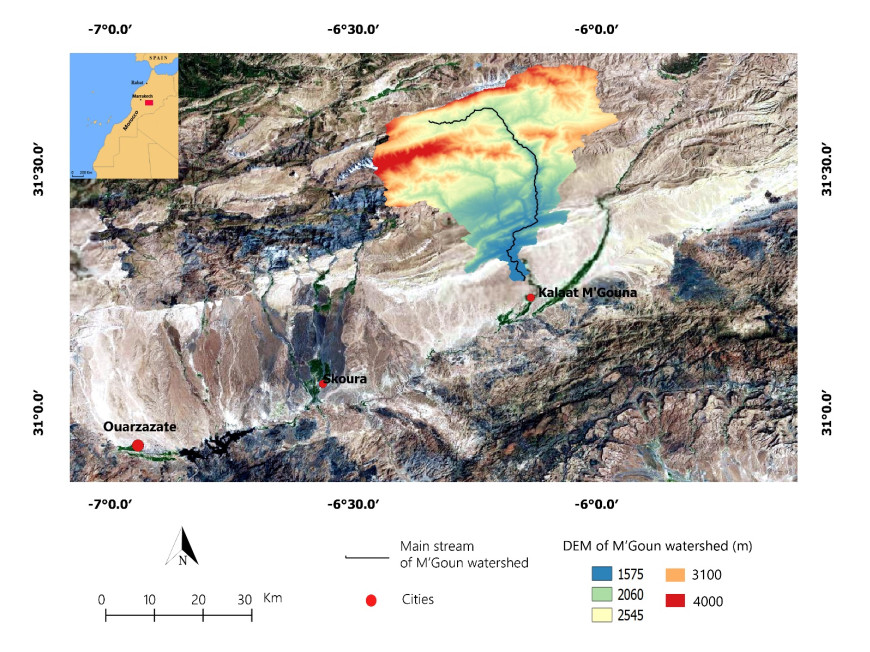
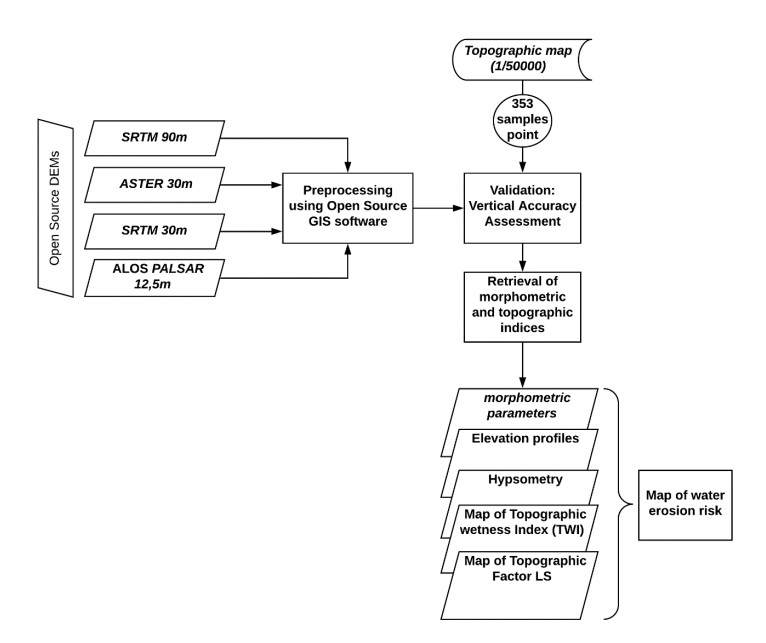
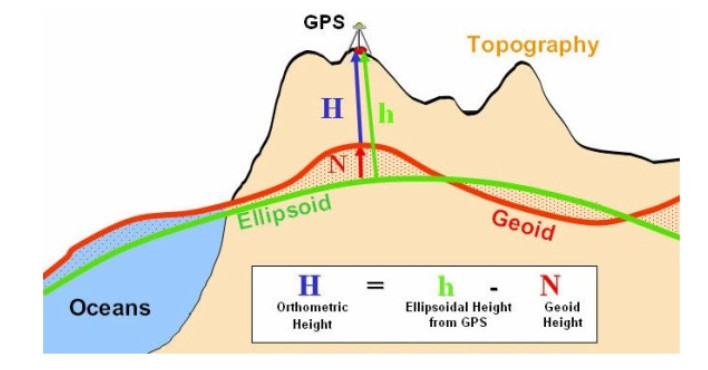
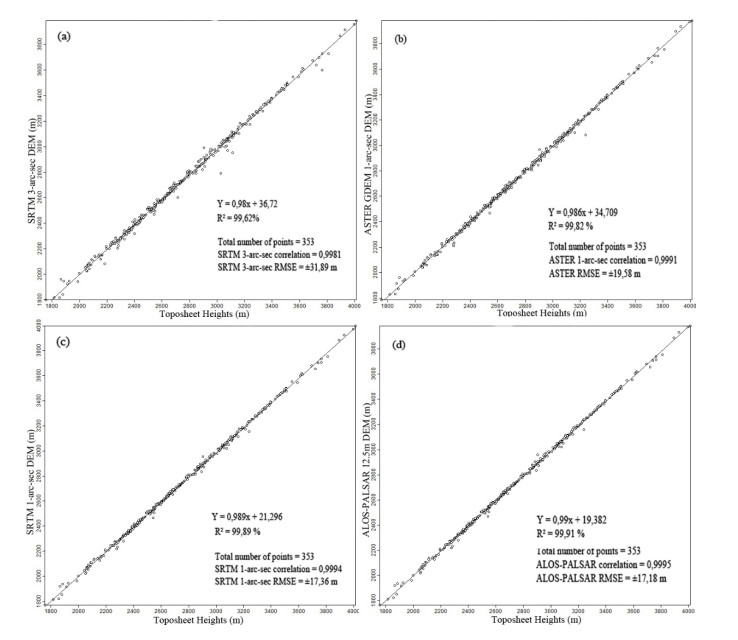
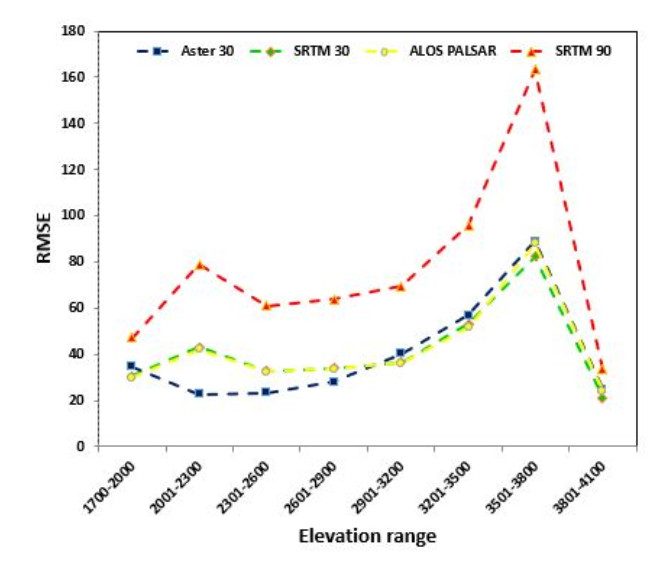
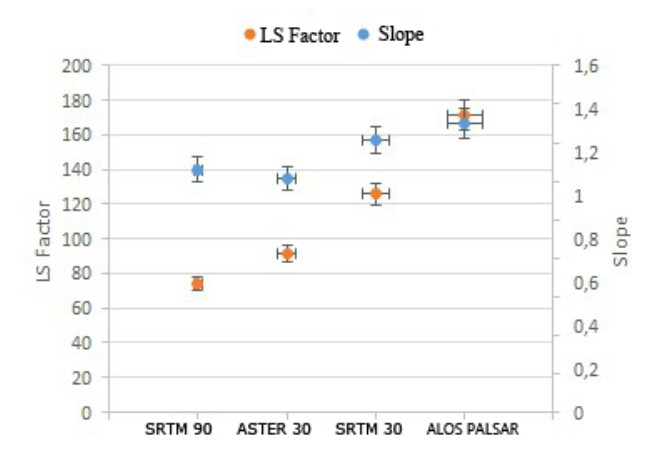
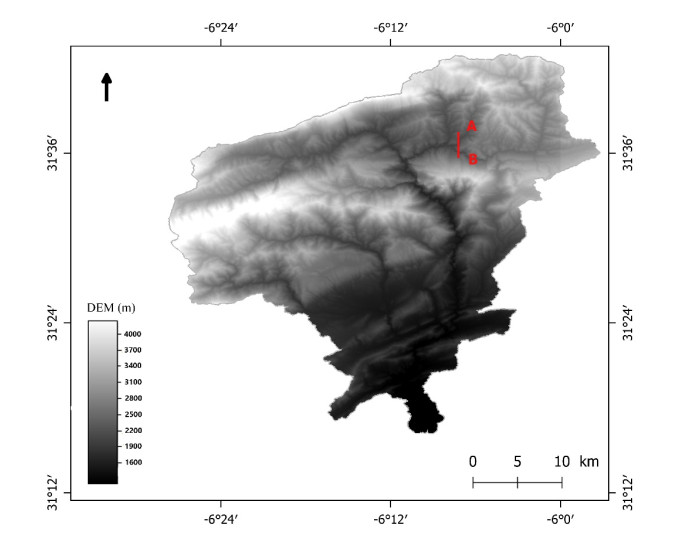
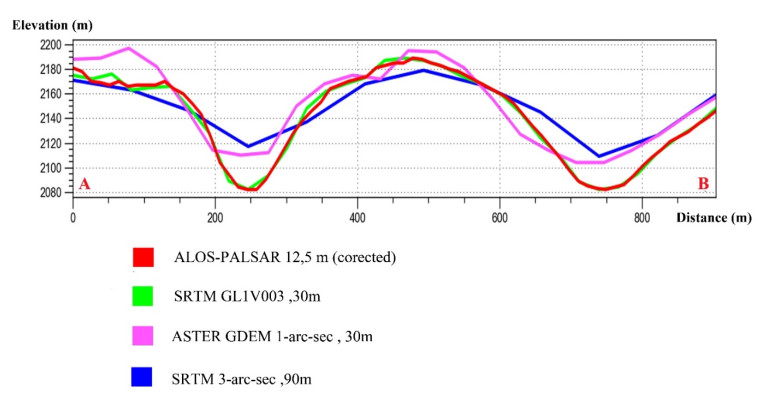
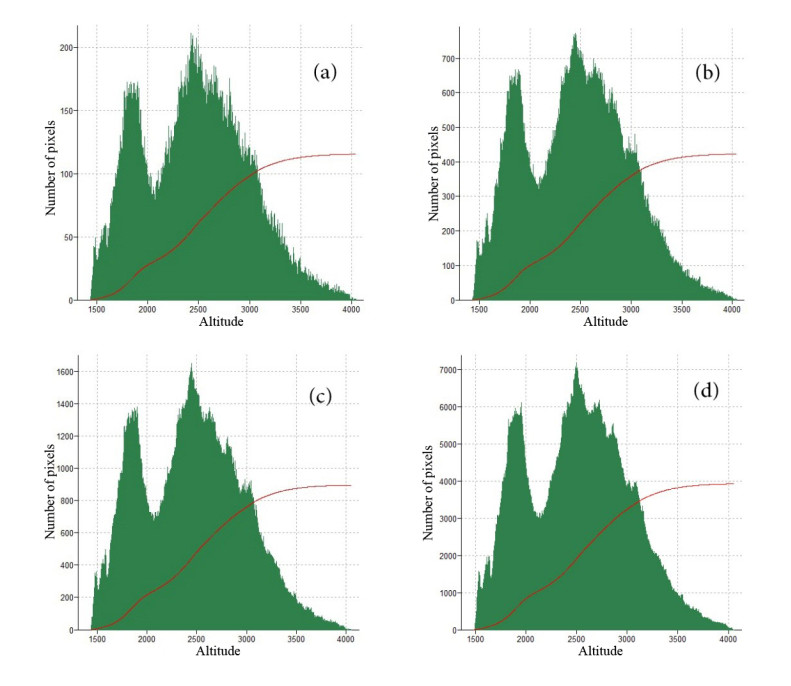
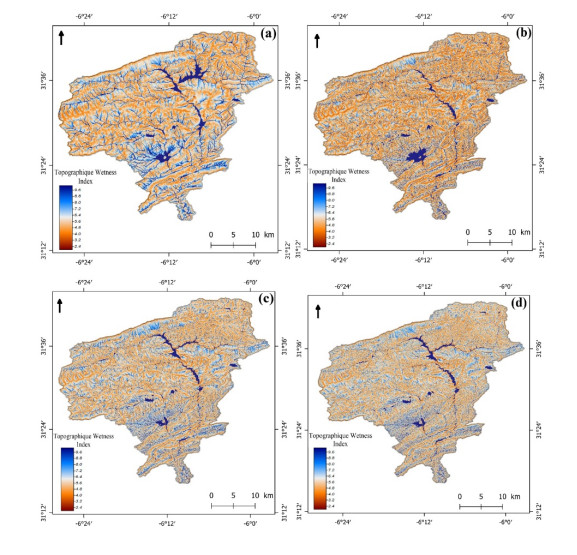

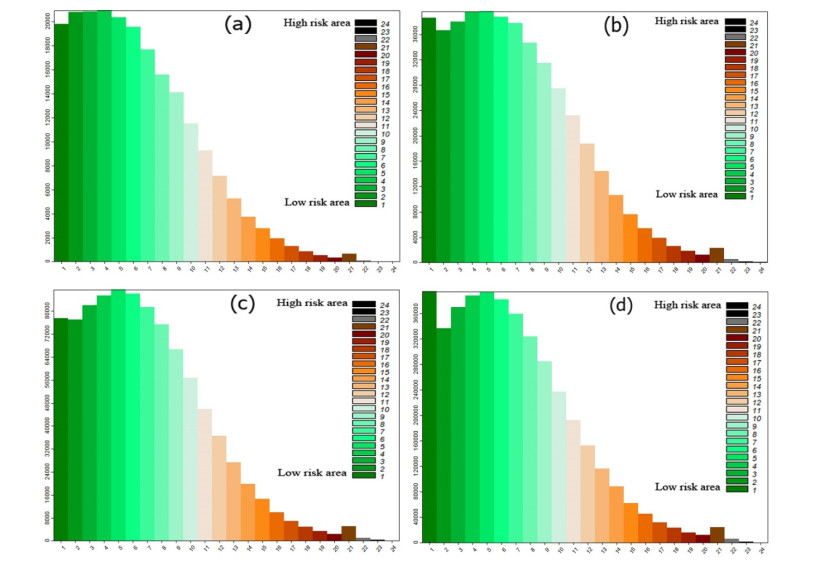
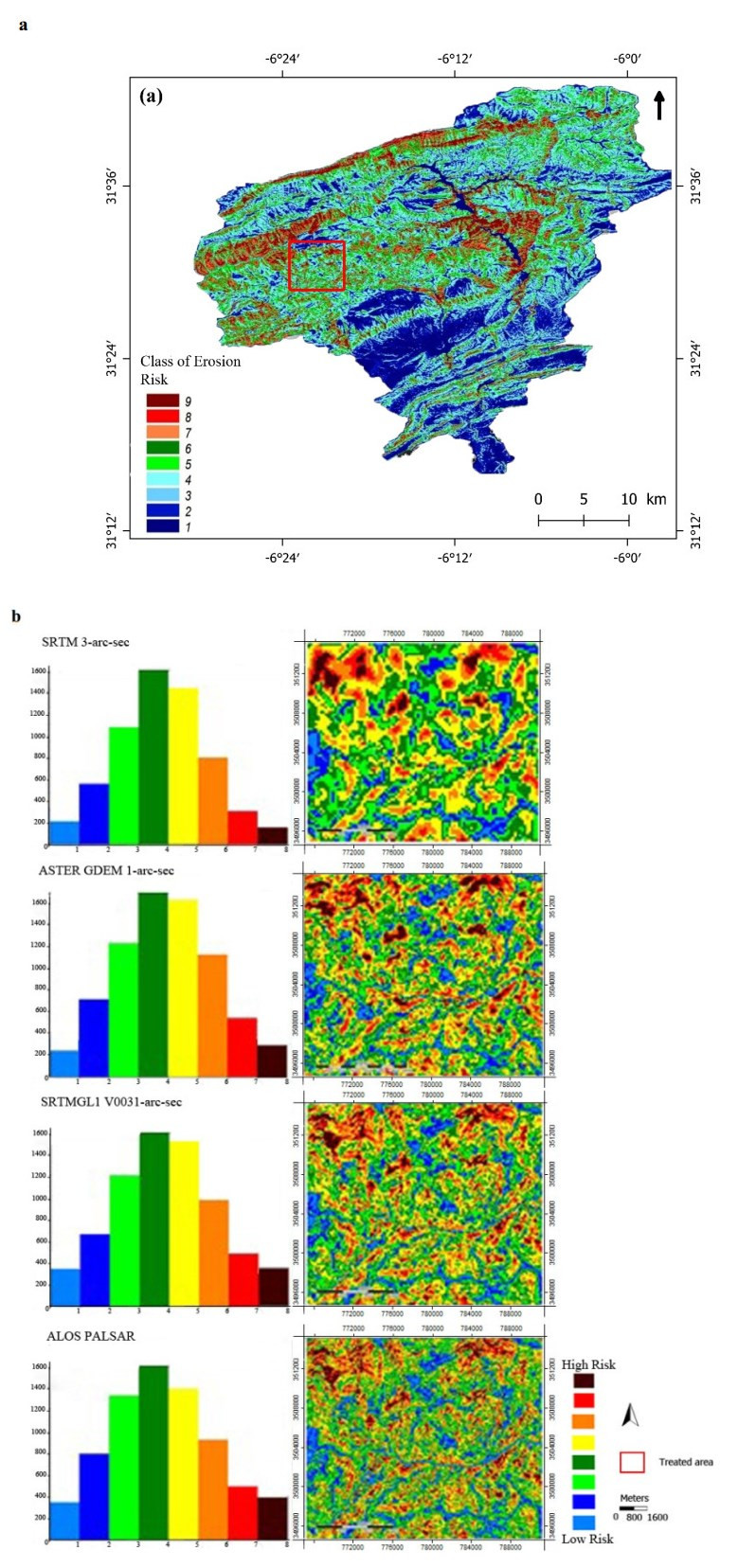


 DownLoad:
DownLoad: